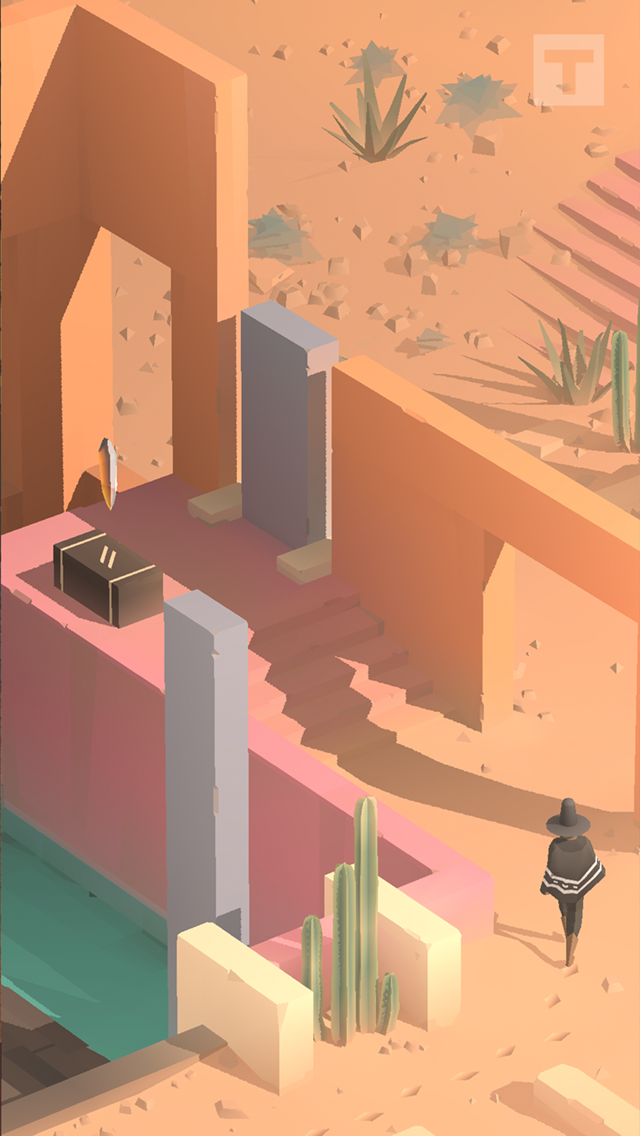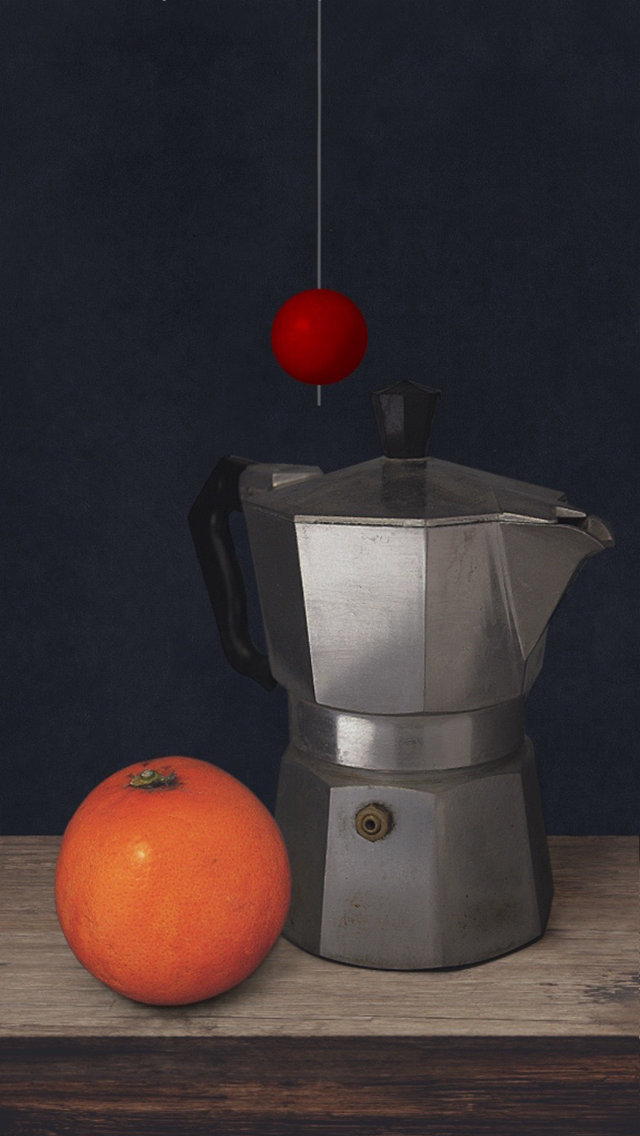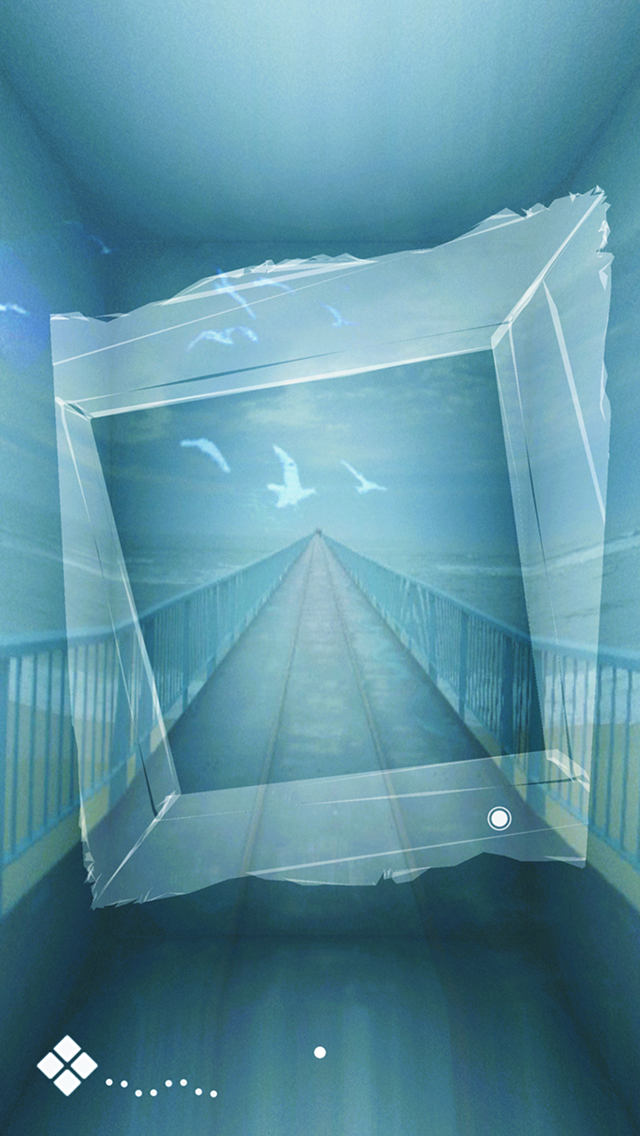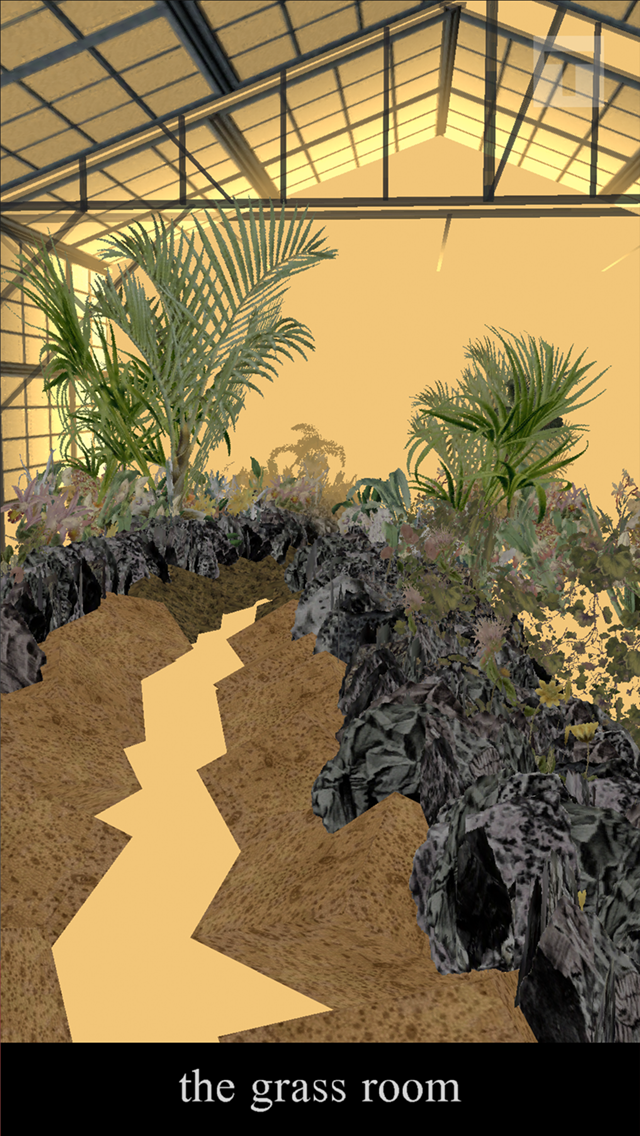The Triennale Game Collection is a downloadable virtual exhibition of video games created for the 21st International Exhibition of Triennale Milano by some of the world’s most renowned independent game designers, showcasing these artists’ experimental approach to interactivity.
Over the past decade, more innovative games have been designed than in the previous thirty years of this medium – video games are now more than entertainment for kids or for video game enthusiasts, they reach the accessibility and cultural depth of film, music, and literature. The Collection presents the state of the art of the medium with a glimpse into the future, presenting the work of the most important and original international designers.

L.O.C.K.
A small exploration of the universe, as previously imagined: based on cosmologies which place the Earth, and thus humans, at the center of the universe, Loci Omnes Caelesistis Kyries shifts between a simple diagram and a fascinating machine.

Neighbor
The crater is roughly sixty meters in diameter, rocky, hot in the daytime and cool at night, home to cacti that bears edible fruit.
The artists
Mario von Rickenbach & Christian Etter
[Switzerland] Christian Etter and Mario von Rickenbach have collaborated in the making of a number of games. Christian Etter is heading Etter Studio, a small interdisciplinary design company based in Zurich. Simultaneously he works as Director for UNIT9 in London and co-directs the Museum of Digital Art (MuDA) in Zurich. Mario von Rickenbach is a swiss game maker and creative coder. After studying game design at the Zurich University of the Arts, he worked on several award-winning projects, including Plug & Play, Mirage, Drei, Krautscape and Rakete. Next to running Playables, a production company for audiovisual and interactive media, he currently teaches at the Lausanne University of Art and Design (ECAL).
Tale of Tales
[Belgium] Auriea Harvey and Michaël Samyn have released 8 videogames over the years: The Endless Forest, The Graveyard, The Path, Fatale, Vanitas, Luxuria Superbia, Bientôt l'été and Sunset. All controversial and innovative and pushing what games can be. They recently switched focus to more artistic exploration in Cathedral-in-the-Clouds.
Cardboard Computer
[USA] Jake Elliott, Tamas Kemenczy, and Ben Babbitt. [Kentucky Route Zero]
Pol Clarissou
[France] Pol Clarissou is a developer and artist who likes to experiment with games as a medium, and play with the tools and processes of digital arts. Even the Stars and Orchids to Dusk are the biggest amongst the many shortform gamelike experiences he's released, while also toying around with weird hardware, tiny zines, or whatever grabs his fancy.
Everest Pipkin
[USA] Everest Pipkin makes drawings on paper, in language, and collaboratively with machines in Pittsburgh, PA. Past projects include generative books and poetry (picking figs, no people), twitterbots (moth generator, tiny star fields), and games (mirror lake, inflorescence.city). Here is a series of symbols that looks like a field of flowers. ↾⌠❦ᵳ≀〴❧❀१✾឴〳ノ〳❊⎝.
The Triennale Game Collection is curated by Pietro Righi Riva and the virtual space in which the exhibition takes place is produced by Italian game studio Santa Ragione.

21st International Exhibition of Triennale Milano
The great Triennale di Milano International Exhibition is back, after twenty years with a vast program of exhibitions, events, competitions, festivals and meetings throughout the city. Design After Design touches on key questions, such as the new dramatic art of design, which consists mainly in its ability to deal with those anthropological issues that classical modernity has excluded from its brief, such as death, the sacred, eros, destiny, traditions, and history; the issue of gender in design; the impact of globalization on design; the transformations brought about by the dawn of the twenty-first century and the crisis of 2008; the relationship between city and design; the relationship between design and the accessibility of new information technologies; and the relationship between design and craftsmanship.







